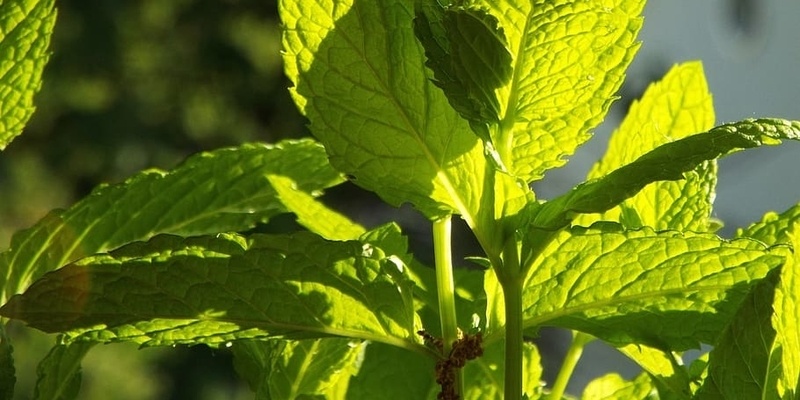India to Resume Penicillin G Manufacture After Decades-long Halt
Penicillin G, a vital component in the production of various antibiotics, will soon be manufactured in India once again, marking a significant milestone after its discontinuation in the 1990s. The halt in production and the subsequent revival can be attributed to several factors that impacted the Indian pharmaceutical industry. Let's delve into the reasons behind the cessation of Penicillin G manufacturing in the past and explore the developments that have led to its resurgence today. The Downfall of Penicillin Manufacturing in India During the 1990s, Indian pharmaceutical companies gradually phased out the production of Penicillin G and other active pharmaceutical ingredients (APIs) due to the influx of cheaper Chinese products flooding the market. The availability of subsidized Chinese alternatives rendered Indian manufacturers uncompetitive, leading to their eventual closure. Notably, Torrent Pharma's plant in Ahmedabad was among the last facilities to halt Penicillin G production. This shift was facilitated by a combination of low-priced Chinese imports, the relaxation of customs rules, and the Drug Prices Control Order, which capped prices of essential medicines. The Impact of Subsidized Chinese Products The dominance of Chinese products in the API market affected the entire pharmaceutical industry in India. In the early 1990s, India had around 2,000 API manufacturers and approximately 10,000 units producing formulations. However, the allure of low-cost Chinese alternatives, especially as India's economy opened up, caused a significant shift in the market dynamics. Chinese imports drastically reduced the prices of essential drugs like paracetamol, making it economically unviable for Indian manufacturers to sustain their operations. Consequently, many Indian API manufacturers closed down, leaving only a few hundred in operation, with some producing APIs solely for their own products. The Need for Self-reliance in API Manufacturing The decline in API production within India went unnoticed for several years, as cheaper alternatives were readily available in the global market. However, the COVID-19 pandemic highlighted the vulnerability of supply chains, prompting the realization that self-reliance in manufacturing APIs was crucial. This realization led to the launch of the Production Linked Incentive (PLI) scheme by the Indian government, aimed at promoting domestic manufacturing. The PLI scheme provides incentives to companies based on incremental sales, encouraging them to invest in API production within the country. Challenges in Restarting Penicillin G Manufacturing The decision to restart Penicillin G manufacturing in India faced multiple challenges. Firstly, there was a lack of perceived urgency, as the country had relied on imported APIs for several years. Additionally, the initial costs associated with establishing API manufacturing facilities, particularly for complex fermented drugs like Penicillin G, were high. It required significant capital expenditure, and companies could only break even after a couple of years. Furthermore, China had become an established supplier of APIs over the past three decades, making it difficult for Indian manufacturers to compete with their prices and scale of production. The Impact of the PLI Scheme Since the implementation of the PLI scheme, there has been a noticeable decline in API imports. For instance, the import volume of paracetamol APIs has reduced by half compared to pre-pandemic levels. However, despite this progress, India still relies on imports for around 90% of its antibiotic APIs and approximately 70% of all APIs. The journey toward self-sufficiency in API manufacturing is expected to take time, with the PLI scheme providing support and incentives to encourage the production of fermentation-based bulk drugs such as antibiotics, enzymes, and hormones. While challenges remain, the Indian pharmaceutical industry is determined to strengthen its position and reduce dependence on imports, ensuring a more resilient healthcare system for the nation.

